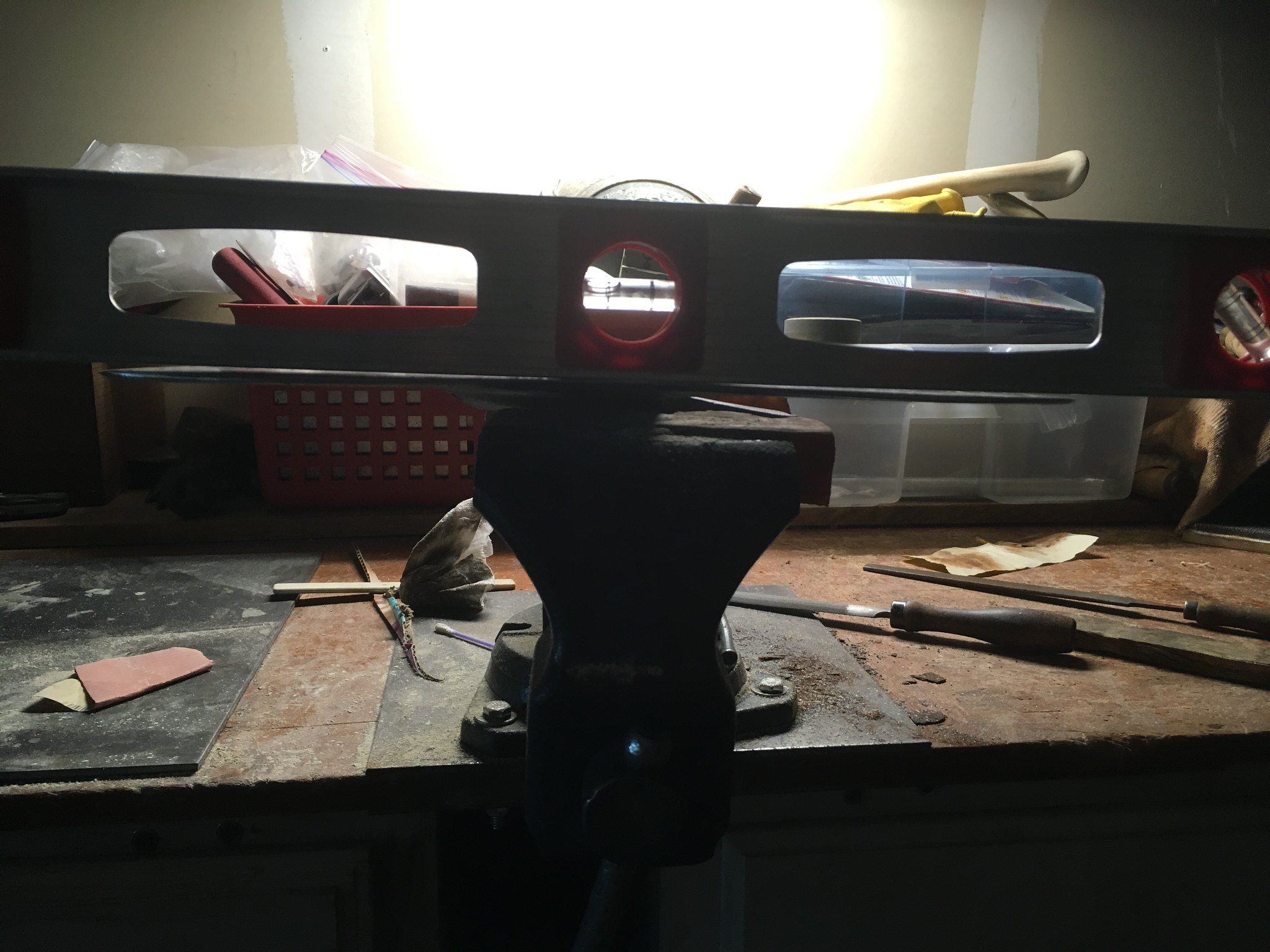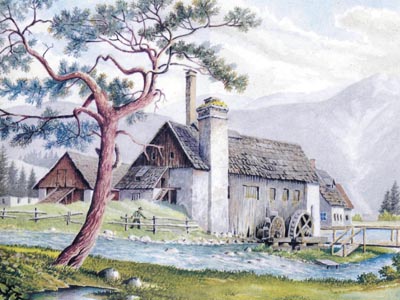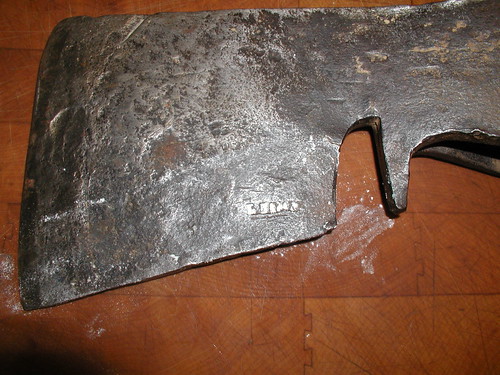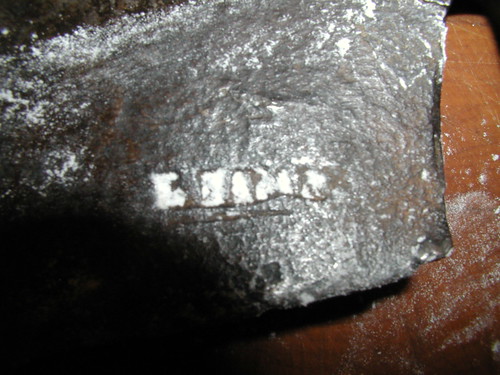Agent_H,great project!
You seem to be in good hands,i like the evolving consensus!Special thanks to Square_peg of course,for all his thoughtful,level-headed advice...
(just to beat the dead horse a little:Yes,friction,or whatever it is that was mentioned,however,the germane fact is that any Cutting Edge is a SUM of two intersecting planes...One plane sharpened equals to about one hand clapping,et c....But we all know it well enough).
Kevin,thanks for your input.Your ideas about metallurgy are Basically sound enough,but don't forget that it's an Endlessly complex,(even mysterious

bizness,and it don't pay to be too categorical,or to assume too much...
Wrought iron(now it's my turn to make an ass of meself

can be almost anything in composition(Much of WI is Very high Carbon

,or shape,or texture...It simply means a steel alloy obtained by Puddling(burning the C out of cast,the so-called "pig-iron",heating it to the C-burning temp again and again,and refining it(old term "fining") by forging,and welding back on itself.
See,by definition,Cast begins somewhere in the 1.2-1.3%C range,everything below being hyper-eutectoid,but still Steel,so you could save yourself much fuel by refining your Cast only Just enough...

(Naturally,the entire deal is one bloody molten Silica mess,thus the inclusions).
So,what defines WI is that it was a now-outmoded form of structural steel,obtained by puddling.Period.NO indication of it's composition in that,rather loose,term.
USA produced WI up untill 1969.
In the far past,If you were serious about your stuff,and had the bucks,you could order Double-refined,triple,et c.,up to the Five-times refined Wrought!

Man,was that some sweet stuff...I've traveled once to the National Cathedral in DC just to see the forge-work done by my very favorite smith,S.Yellin,and other masters of the past.
And let me tell you,Kevin,the surface of some of that forge-work was smooth as a ... .
I also happen to own a couple of WI elements removed during restoration from a 17th c. English church.Ditto,the surface is flawless,the master's hammer and the anvil face polished to mirror smoothness,et c.
But, my going on and on like that brings to mind a good old quote from Mr Natural:"If you think you know what's going on-you're probably full of s@#t!"

....

 Goosewing flat side
Goosewing flat side


